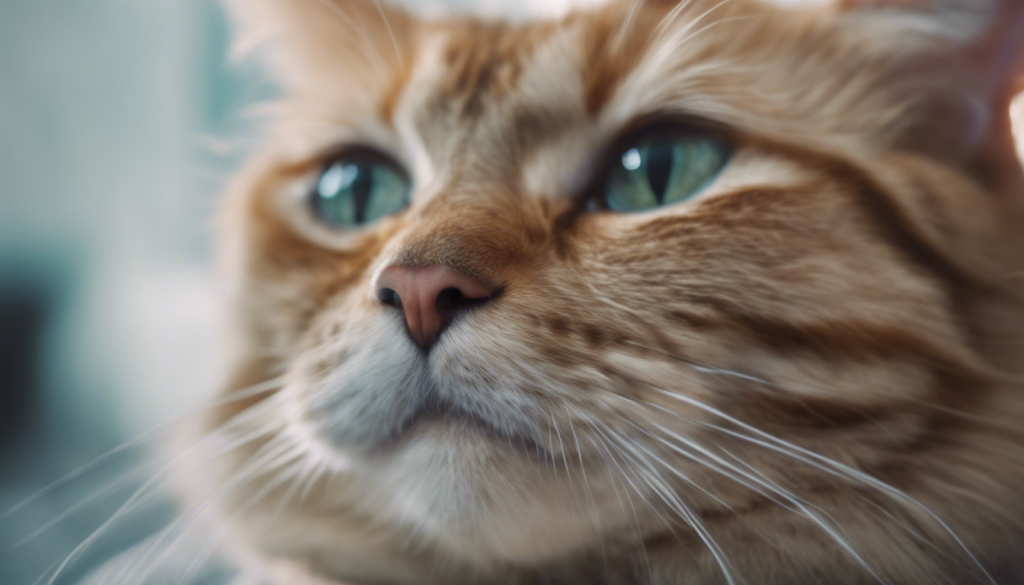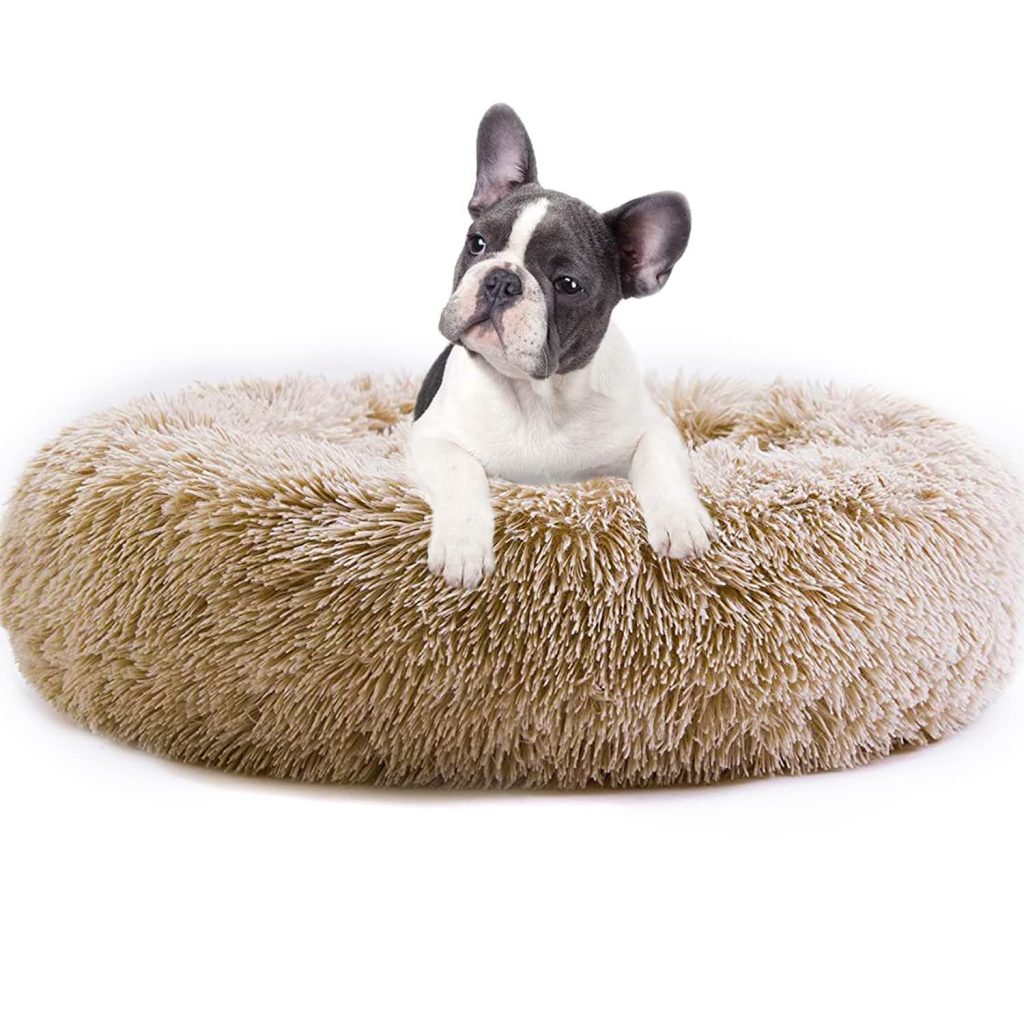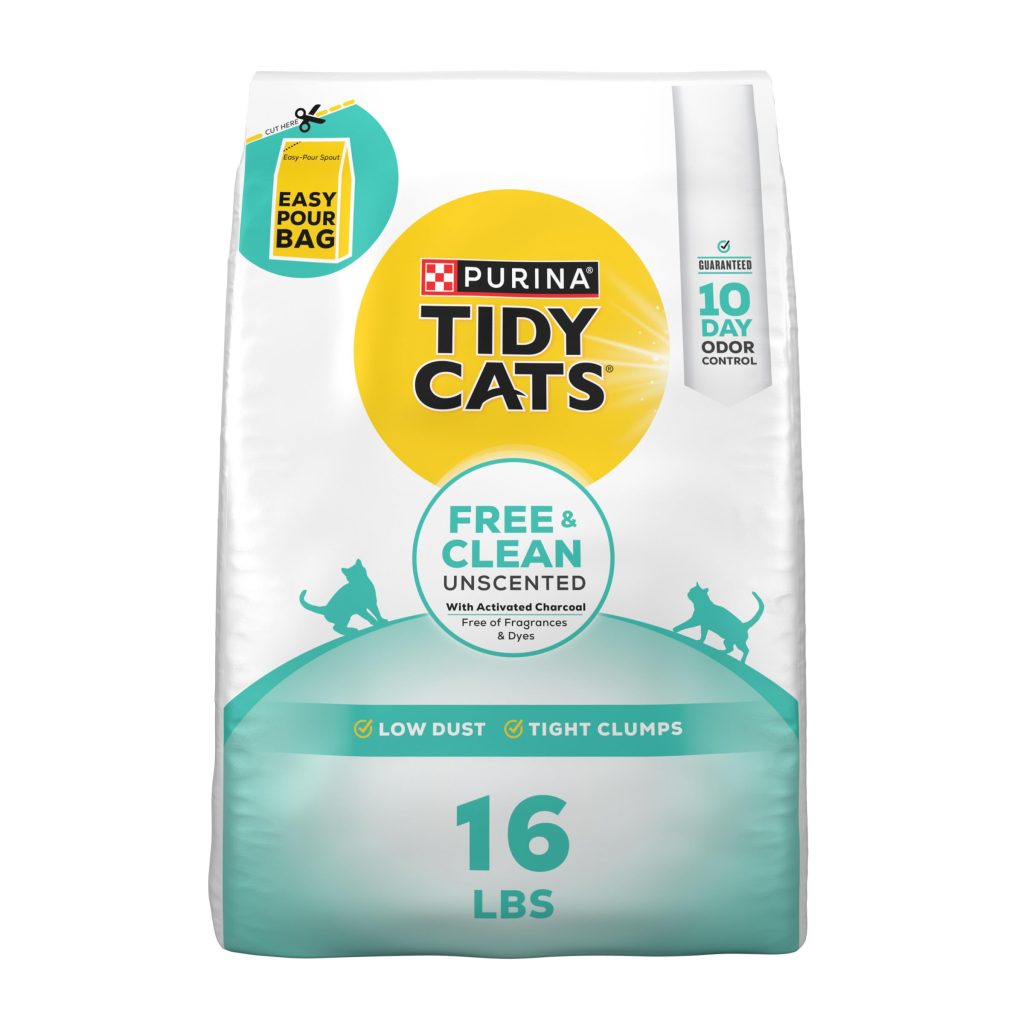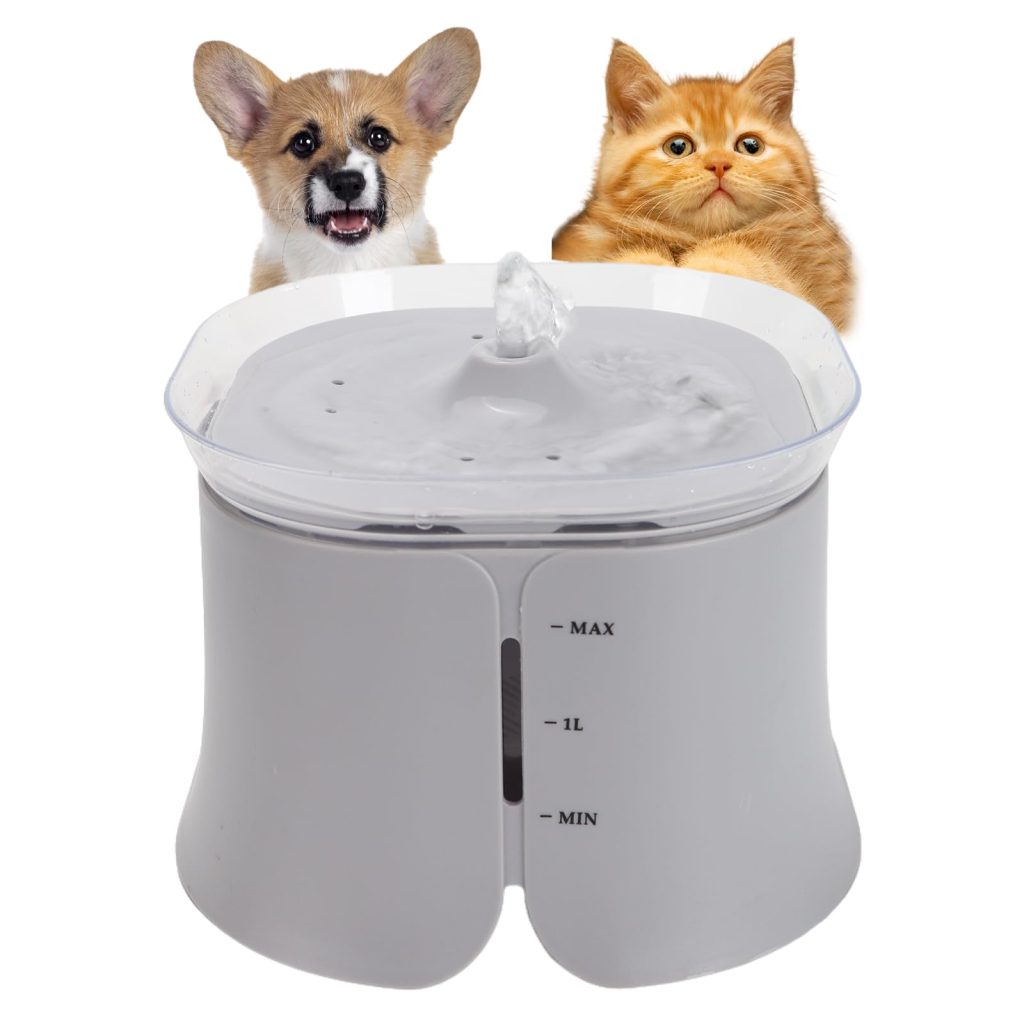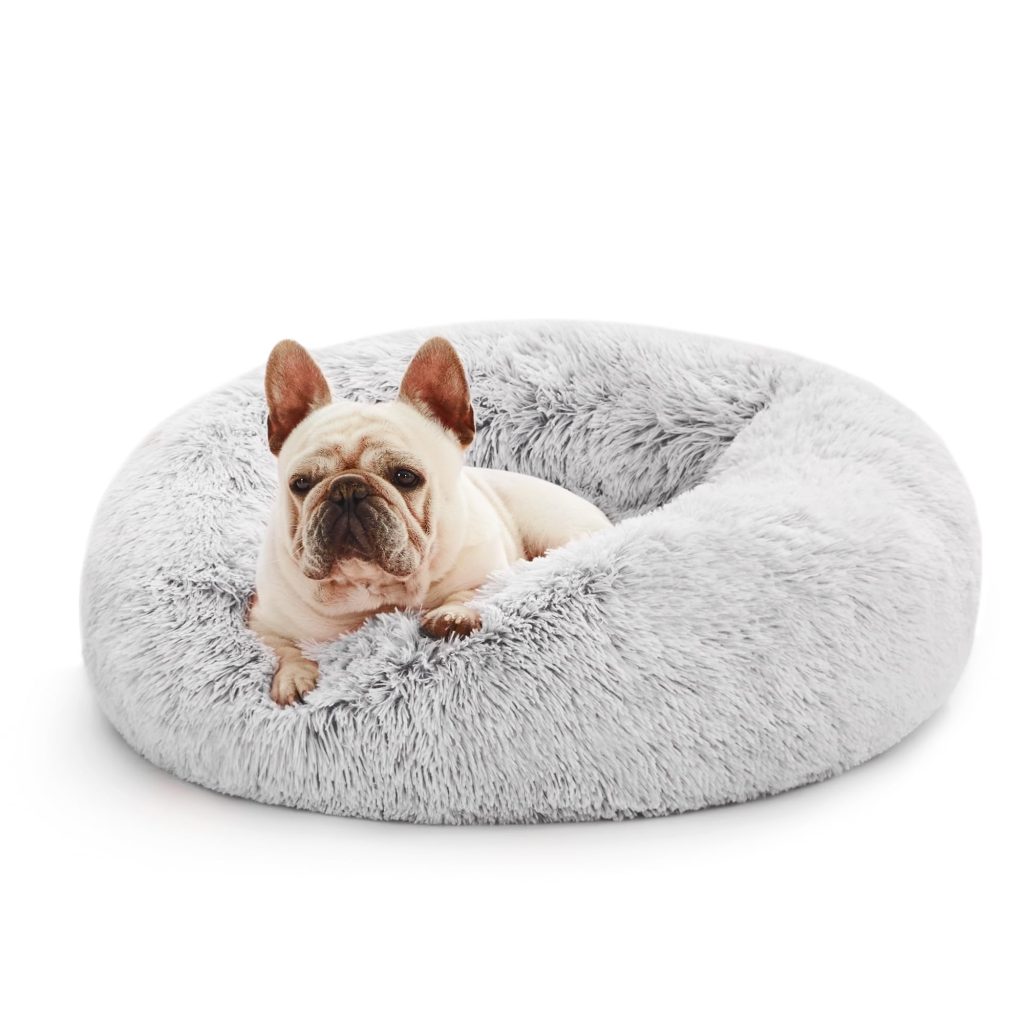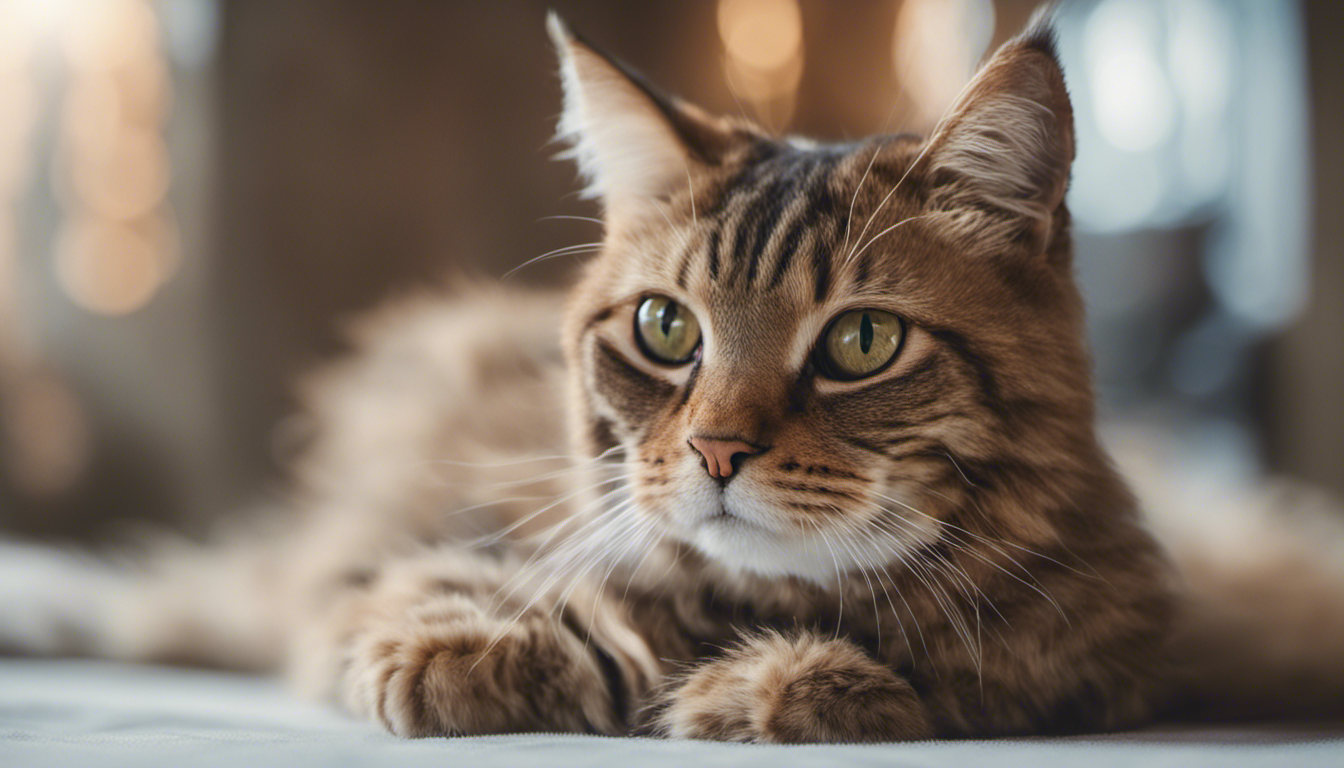
Grooming is an essential aspect of maintaining the health and well-being of our feline companions. Cats are known for their meticulous grooming habits, spending a significant amount of their time cleaning their fur and claws. However, just like anything else, there can be too much of a good thing. Overgrooming in cats can lead to various issues, such as skin irritation, hair loss, and even infections. In this article, we will explore the importance of preventing overgrooming and related issues in cats, focusing on essential aspects of feline grooming, including coat care, claw maintenance, and grooming techniques.
Coat Care
Cats have a unique coat that requires regular attention to keep it healthy and beautiful. Here are some tips for effective coat care:
- Regular Brushing: Brushing your cat’s coat helps remove loose fur, prevents matting, and stimulates the skin’s natural oils for a healthy shine. Short-haired cats may require brushing once or twice a week, while long-haired cats may need daily brushing.
- Choose the Right Brush: Different types of brushes are available depending on your cat’s coat type. Slicker brushes work well for removing loose hair from long-haired cats, while rubber brushes are gentle on short-haired cats.
- Be Gentle: When brushing your cat, be gentle to avoid causing discomfort or irritation. Start with short sessions and gradually increase the duration as your cat becomes more comfortable.
- Check for Fleas and Ticks: While grooming your cat, take the opportunity to check for signs of fleas and ticks. These parasites can cause itching and discomfort, leading to overgrooming. If you notice any parasites, consult your veterinarian for appropriate treatment.
Claw Maintenance
Proper claw maintenance is important for cats’ overall well-being and prevents issues such as ingrown claws and scratching furniture. Here are some tips for effective claw maintenance:
- Provide a Scratching Post: Cats need an outlet to scratch and stretch their claws. Providing a sturdy scratching post or board can redirect their scratching behavior away from furniture. Place it in a location where your cat spends most of its time.
- Trimming Claws: Regular claw trimming is necessary, especially for indoor cats. Use a specialized cat nail trimmer and be cautious not to cut into the quick, which can cause pain and bleeding. If you’re unsure about trimming your cat’s claws, consult a veterinarian or professional groomer.
- Scratching Alternatives: If your cat is particularly fond of scratching furniture, consider using deterrents such as sticky tape or citrus sprays. Additionally, offer alternative surfaces like corrugated cardboard scratchers or sisal mats to satisfy their scratching instincts.
Grooming Techniques
Grooming techniques play a vital role in preventing overgrooming and related issues in cats. Here are some essential grooming techniques to consider:
- Regular Inspections: Regularly inspect your cat’s skin and coat for any signs of irritation, redness, or bald patches. This can help detect potential problems early and prevent excessive grooming.
- Stress Reduction: Stress can contribute to overgrooming in cats. Create a calm and enriched environment for your feline friend, providing them with hiding spots, vertical spaces, and interactive toys to alleviate stress.
- Healthy Diet: A balanced diet is important for a cat’s overall health and can improve the condition of their skin and coat. Ensure your cat is receiving a high-quality, nutritionally complete diet recommended by your veterinarian.
- Regular Vet Visits: Regular veterinary check-ups are essential to monitor your cat’s overall health and address any grooming-related issues. Your veterinarian can provide advice on grooming techniques specific to your cat’s needs.
Remember, each cat is different, and their grooming needs may vary. Pay attention to your cat’s behavior and appearance to recognize any changes that may indicate grooming issues. If you notice excessive grooming or any concerning symptoms, consult your veterinarian for proper diagnosis and guidance.
By following these essential aspects of feline grooming – coat care, claw maintenance, and grooming techniques – you can help prevent overgrooming and related issues in your beloved feline friend. Regular grooming not only keeps your cat looking their best but also contributes to their overall health and happiness.
